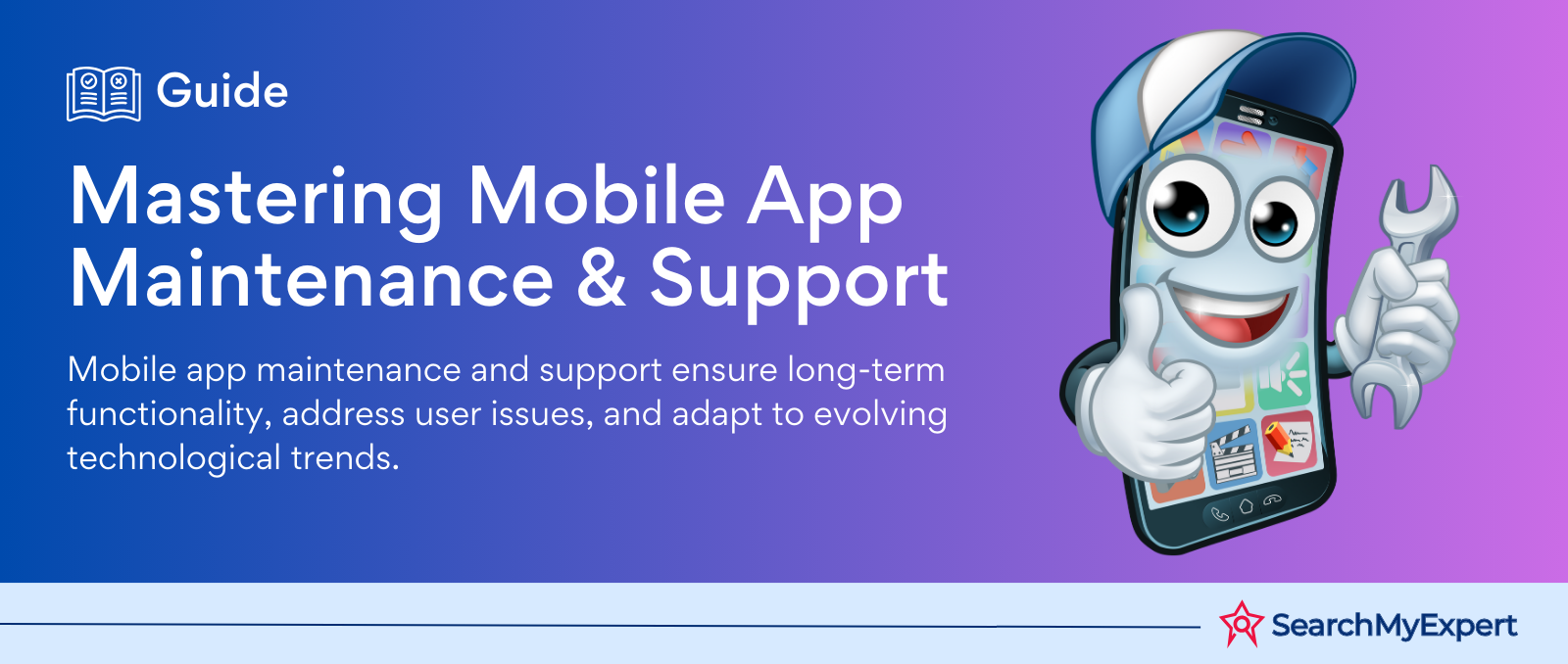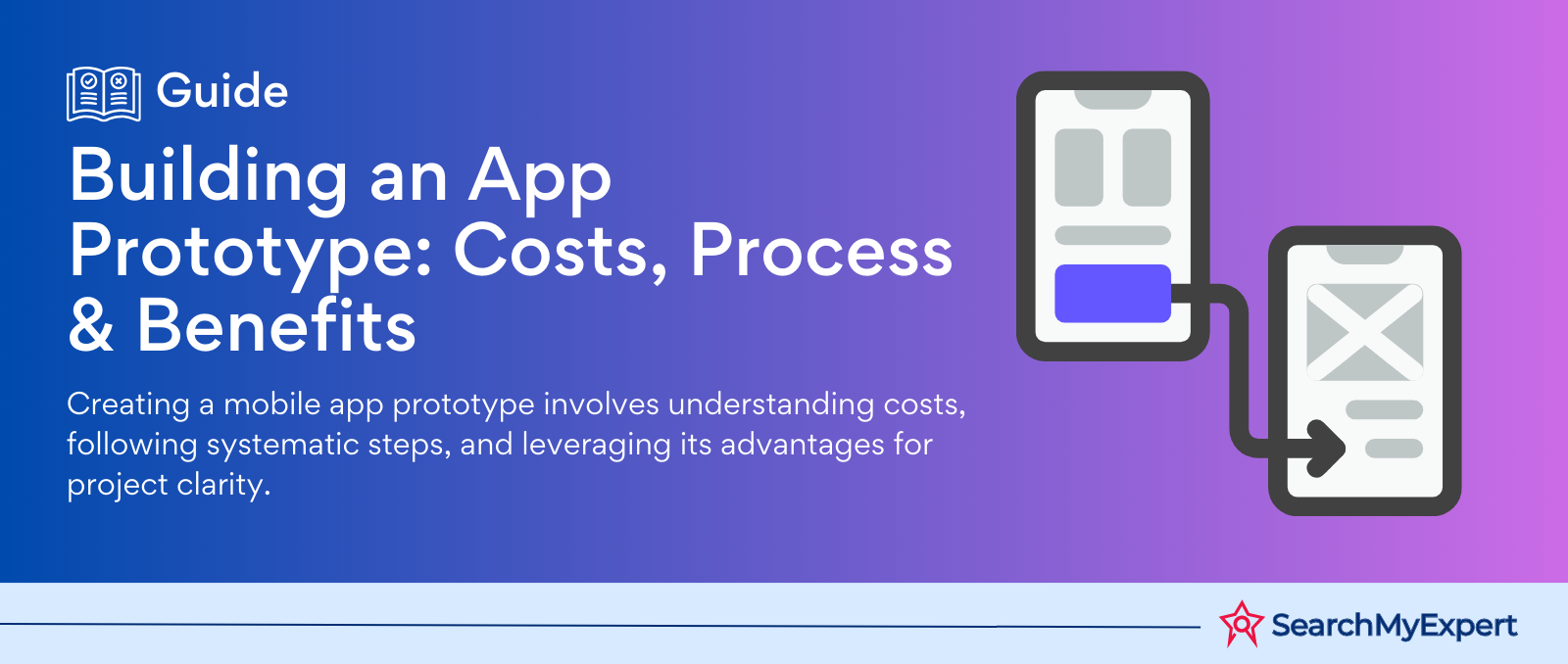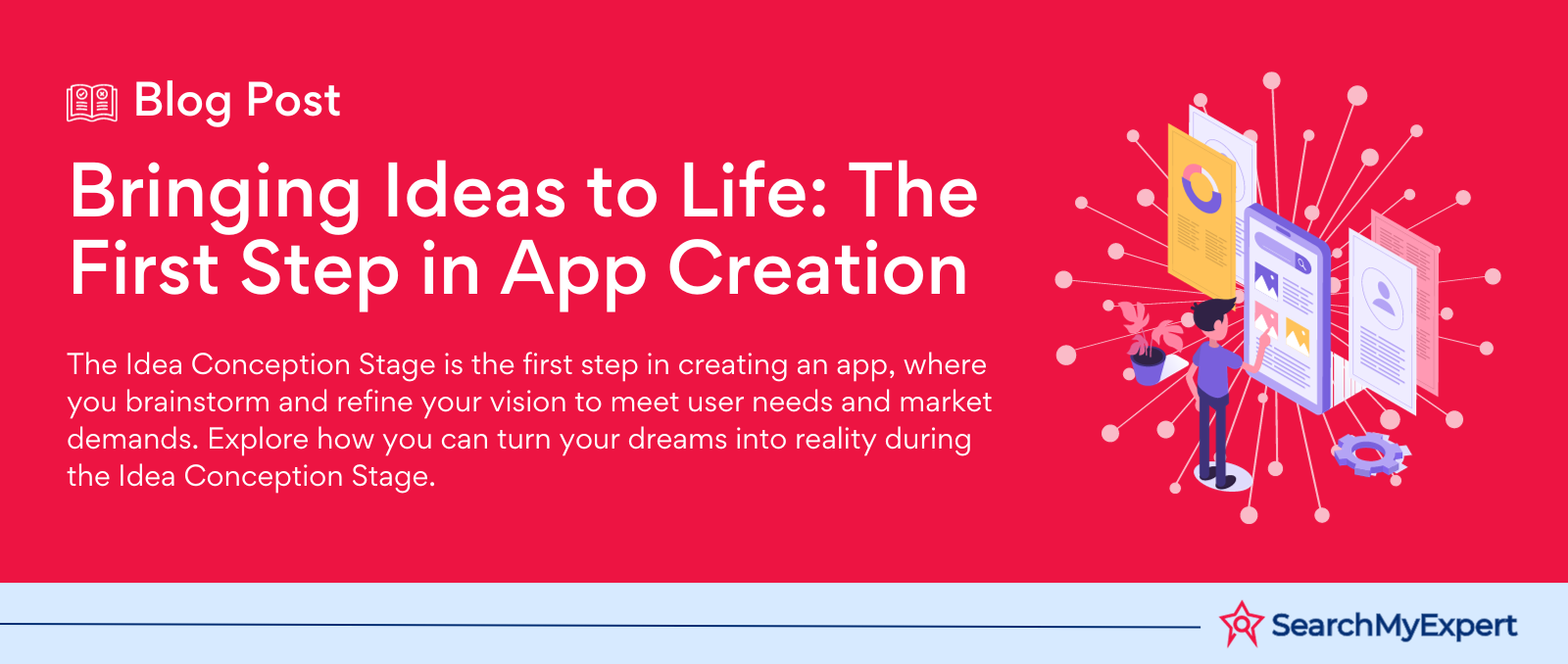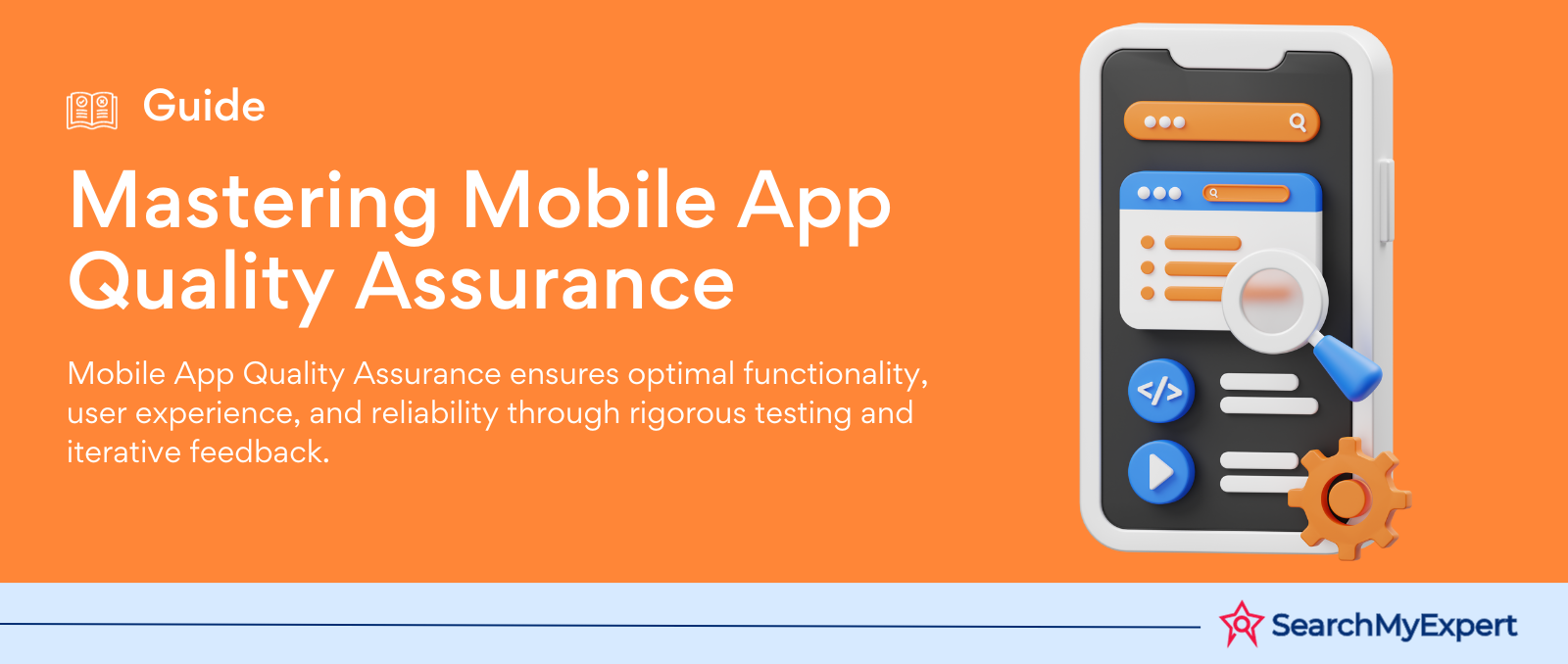Web Applications Guide: Impact, Benefits & Future Insights
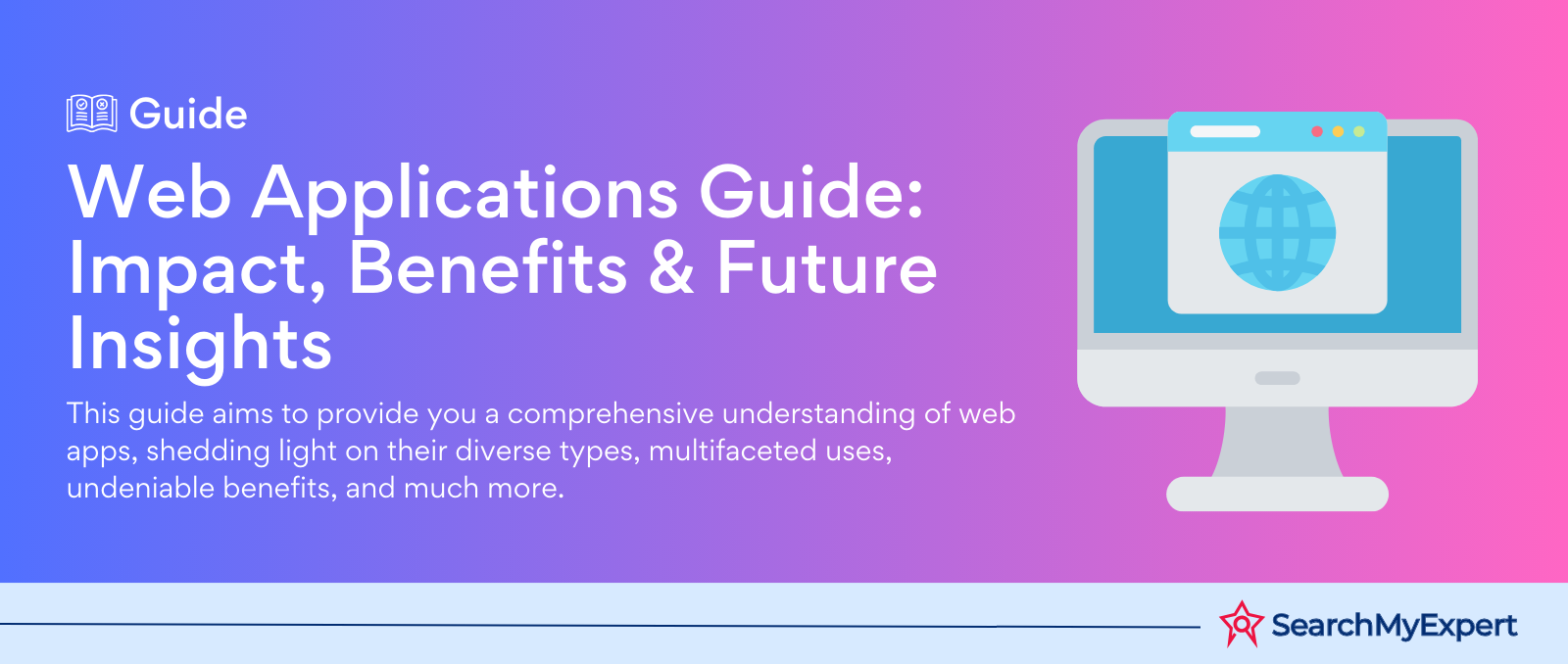
What is a Web Applications?
A web application is a computer program that utilizes web browsers and web technology to perform tasks over the Internet. It is a dynamic, interactive system that users can access through a web interface. The development of web applications has been one of the most significant advances in the field of computing, transforming the way businesses and individuals use the Internet.
Web applications are like special websites you can do stuff on, not just read. Imagine you're playing an online game, ordering food, or writing an email—all on the internet without installing anything. That's what we call web apps!
They work on your computer, phone, or tablet and you use them through your internet browser—the thing you open to look at websites. They're handy because you don't need to download them; they're just there online whenever you need them.
So, whether you're sharing photos, watching videos, or doing homework, it's web apps making all that possible right in your browser! In simple words, web apps are easy and convenient ways to do everyday tasks online without any extra hassle.
check out this comprehensive applications development guide, to learn more.

A Deep Dive Into The Types Of Web Apps:
The digital realm of web applications is as diverse as it is vast. Each type of web app is distinct, characterized by its unique functionality and underlying architecture:
- Static Web Apps: At the foundation of the web app pyramid lie the static web apps. Simple yet effective, these apps display content that remains consistent over time. Any updates or modifications require manual intervention, making them best suited for websites with infrequent changes.
- Dynamic Web Apps: A step above the static apps, dynamic web apps are fluid and ever-evolving. Their content is not set in stone; instead, it modifies and adapts based on user interactions or real-time data influx.
- Progressive Web Apps (PWAs): Bridging the gap between mobile and web apps, PWAs offer the best of both worlds. They provide a mobile-app-like experience on the web, complete with features like offline accessibility, push notifications, and rapid loading times.
- Single Page Applications (SPAs): Revolutionizing user experience, SPAs operate by refreshing a singular HTML page. As users navigate through the app, the content updates dynamically, ensuring a seamless and uninterrupted user journey.
- Portal Web Apps: Serving as digital doorways, portal web apps lead users to a diverse array of content and services. Whether it's an email suite, an online banking portal, or a news gateway, portal apps are the gatekeepers of varied digital content.
Decoding The Functionality Of Web Applications:
To truly appreciate the magic of web applications, one must understand the intricate dance of processes that unfold behind the scenes:
- User's Call to Action: The journey begins with the user. Through a web browser, the user reaches out to the desired web app, placing a request or command.
- Server's Role: Acting as the brain of the operation, the server processes this request. This often involves liaising with a database to retrieve or archive pertinent data.
- The Response Mechanism: Once the server has processed the request, it dispatches the relevant data or webpage back to the browser. This response is tailor-made, ensuring the user receives the exact information or service they sought.
- Final Display: With the data in hand, the browser takes center stage. It meticulously renders the data, painting a vivid picture of the web app's interface for the user to interact with.
The Multifaceted Uses Of Web Apps:
Web apps are akin to Swiss army knives, versatile and multi functional. They cater to a plethora of needs and desires:
- Bridging Distances: In an increasingly globalized world, communication is key. Web apps serve as bridges, connecting individuals and communities through platforms like email, chat rooms, and video conferencing tools.
- Boosting Productivity: Time is of the essence, and web apps ensure we make the most of it. They offer tools that enhance our productivity, from comprehensive office toolkits to project oversight tools and digital calendars.
- Entertainment Galore: In the hustle and bustle of modern life, everyone seeks a moment of respite. Web apps provide this much-needed break, offering platforms for streaming, gaming, and socializing.
- Digital Marketplaces: The way we shop has been transformed by web apps. They've given birth to bustling online shopping arenas, auction platforms, and e-commerce hubs.
- Knowledge Platforms: The quest for knowledge is eternal, and web apps are the modern-day torchbearers of education. They host comprehensive learning management systems, enlightening online courses, and interactive educational tools.
The Undeniable Benefits Of Web Apps:
The popularity of web apps is not unfounded. They come with a host of benefits that cater to both businesses and individual users:
- Universal Access: The world is at our fingertips, thanks to web apps. Any device equipped with a browser and internet connectivity becomes a gateway to a universe of services and information.
- Economical and Efficient: Web apps eliminate the hassles associated with software distribution and frequent updates. This not only saves time but also proves to be cost-effective in the long run.
- Scalable Nature: The digital world is dynamic, with user traffic being unpredictable. Web apps are designed to be scalable, effortlessly accommodating an influx of users without compromising on performance.
- Versatility and Compatibility: In a world fragmented by diverse operating systems and gadgets, web apps stand out with their universal compatibility. They operate smoothly across platforms, ensuring a consistent user experience.
- Hassle-free Updates: The centralized nature of web apps ensures that any modifications or updates are automatically available to all users. This autonomous refresh mechanism ensures users are always greeted with the latest iteration, without any manual interventions.
Inspiring Web App Ideas For The Future:
The potential of web apps is boundless, and the future holds a plethora of possibilities:
- Personal Finance Navigator: In an age of financial awareness, a web app that assists users in overseeing their earnings, expenditures, and investments could be invaluable.
- Culinary Assistant: With the world turning to home-cooked meals, a platform where users can discover recipes based on their pantry's inventory could be a hit.
- Digital Study Hubs: Online education is the future. A collaborative space where learners from across the globe can unite, share resources, and study in unison could revolutionize education.
- Freelance Haven: The gig economy is on the rise. A web app that serves as a nexus, connecting freelancers with potential clients, could be the need of the hour.
- Mental Well-being Diary: Mental health is gaining the attention it deserves. A digital sanctuary where users can chronicle their emotions, thoughts, and self-care rituals could be a boon for many.
Web Apps And Websites: A Comparative Study:
At first glance, web apps and websites might seem synonymous. However, a deeper dive reveals stark differences:
- Engagement Levels: Web apps are designed for interaction. They are dynamic platforms that engage users, allowing them to perform specific tasks. In contrast, websites predominantly disseminate information, serving as digital brochures or magazines.
- Core Functionality: At their core, web apps are tools. They are designed with specific tasks in mind, be it document editing, online shopping, or financial management. Websites, on the other hand, are reservoirs of content. They host articles, blogs, images, and videos, providing users with information.
- User Interaction Paradigms: Web apps often necessitate user profiles. They offer tailored experiences, personalized based on user preferences and behaviors. Websites, in contrast, might not always offer this level of personalization.
Mobile Apps And Web Apps: Drawing Parallels And Contrasts:
The debate between mobile apps and web apps is age-old. While both have their merits, they cater to different needs and offer varied experiences:
- Onboarding Process: Mobile apps require a dedicated download and installation process. They occupy storage space and need periodic updates. Web apps, on the other hand, are instantly accessible via browsers. They don't require downloads, ensuring they don't occupy device storage.
- Performance Metrics: Mobile apps, being device-specific, often have the advantage in terms of speed and responsiveness. They are optimized for the device's hardware and software, ensuring peak performance. Web apps, while slightly lagging in performance, champion universal accessibility. They can be accessed from any device, anywhere, making them universally compatible.
- Update Protocols: One of the major advantages of web apps is their autonomous update mechanism. They refresh themselves, ensuring users always have access to the latest version. Mobile apps, in contrast, require user-initiated updates. Users need to visit app stores and manually update the app to access the latest features.
Spotlight On Iconic Web App Examples:
The digital landscape is dotted with web apps, each revolutionizing its domain. Here are a few iconic examples that have left an indelible mark:
- Google Docs: A testament to collaborative efficiency, Google Docs has redefined document creation and editing. It allows multiple users to work on a document simultaneously, in real-time, breaking down geographical barriers.
- Trello: Project management has never been more intuitive. Trello, with its card-based system, allows teams to oversee projects, assign tasks, and track progress with unparalleled ease.
- Netflix: The entertainment behemoth, Netflix, has changed the way we consume content. With its vast library of shows and movies, it offers personalized recommendations, ensuring users always have something to watch.
- Dropbox: In the age of data, Dropbox stands out as a reliable digital locker. It offers cloud storage solutions, allowing users to store, share, and access data from anywhere.
- Slack: Communication is the backbone of any organization, and Slack has revolutionized it. It offers channels for team communication, direct messaging, and a host of integrations, making it the go-to communication tool for businesses worldwide.
In Conclusion:
Web applications are not just digital tools; they are catalysts of change. They have seamlessly integrated themselves into our lives, influencing the way we work, play, communicate, and learn. Their versatility, ease of access, and efficiency have rendered them indispensable in both personal and professional spheres. As we stand at the crossroads of technological advancements, web apps hold the promise of a future that's more connected, efficient, and innovative. They are not just shaping the present but are also carving out the future, promising a digital landscape that's more intuitive, inclusive, and enriching.
Champion Your App Dreams with leading Mobile App Development Companies.
Further Reading
share this page if you liked it 😊
Other Related Blogs

Mastering Docker for App Development: A Comprehensive Guide to Benefits, Use-Cases, and Alternatives
STAY UP TO DATE
GET PATH'S LATEST
Receive bi-weekly updates from the SME, and get a heads up on upcoming events.
Contact Us





